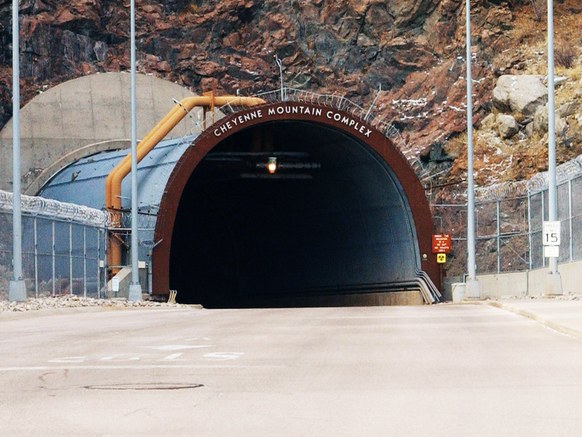
Social contributor – Dickson Igwe
Long term strategic economic planning is a dire necessity for the Virgin Islands. This is especially so after September 2017 natural disasters exposed vulnerabilities in the Virgin Islands development model. Only a long term economic plan- well thought out- will deliver this territory from permanent underdevelopment. It is vital residents and citizens become aware the country is at a crossroads and that going forward, long term economic planning is no longer an option.
OK, had a long term economic plan been strictly adopted 30 years past, the greenhouses will have been built differently, if at all. The agricultural economy would be based on a decentralized model with farming encouraged in diverse parts of these islands. This would have lessened the impact of disaster on the agricultural economy from too much centralization, spreading out valuable farming assets to the various districts.
The dangers of flooding would have been part of the long term development narrative. Strict enforcement of planning laws would have prevented any structure impeding the natural flow of water from hills to ghuts and seas. Massive flooding would have been less of a challenge after heavy rains.
Preparation for the worst hurricanes, and the most devastating earthquakes, would have been factored into a development planning prototype. Then contingencies adopted in terms of codes, regulations and town design and planning.
A realistic assessment of the tourism economy would have placed a local airline, robust sea ports, and efficient ferry services, at the helm of any transportation model, getting visitors into the islands. The focus would have been on high end tourism. These are the visitors presently keeping Virgin Islands tourism in business.
Local residents would have been encouraged and vetted to offer guest house services from a national website where global visitors visit for accommodation services in the Virgin Islands. The Airbnb model of franchising out guest house accommodations, under management of the tourist board, would have allowed for a swifter return of visitors after Irma, instead of waiting for resorts to be rebuilt. Hundreds of rooms would remain available for visitors the length and breadth of the territory.
Then burying critical power and communications lines would have been a development priority, as well as placing critical governmental offices in bunker type buildings under the full ownership of the state.
The eternal sewage problem is clearly linked to poor planning and a lack of foresight as to how critical components in the national infrastructure are choreographed.

Cheyenne Mountain—a rounded, rocky thing that rises 9,565 feet above sea level. Photo courtesy https://www.wired.com
Presently crime is giving the territory a bad name albeit unsolved murders are localized and take place within a specific population subset. However crime has to be factored into a long term economic plan.
Rising crime must be viewed as a threat to tourism if that crime monster begins to spread its tentacles. Consequently, long term planning should also include a plan to fight rising gun crime through greater and much more comprehensive intelligence. This Old Boy has been singing the song of a national ID card as a crime prevention measure for years. This would have offered police thousands of pages of data and information for putting the crime jigsaw puzzle together.
Long term planning looks back to past history locally and internationally. What has worked? What has not worked? Long term planning builds a model or prototype of what the Virgin Islands should look like in 5, 10, 15, 20 years hence. Then, the long term economic planner uses present data and statistics to anticipate future trends. These trends are social and economic; national and international.
Accurate data and information, past and present, are the platform for projecting what will happen in 5 to 20 years. Planning is not guess work. However, have these Virgin Islands a culture of keeping accurate statistics and data; comprehensive archives; and critical documents, such as is the British way, with the UK possessing the world’s greatest record keeping culture?
The Lego Land analogy is appropriate. Two Lego sets are given to two kids to build a toy town. One kid has a great plan for his toy town. The other kid has none. At the end of the day the kid with the plan has put together a wonderful model with well built structures, streets, and parks. The second kid without any plan has put together a mish mash of a town, with a terrible environment, and unattractive structures.
The toy people fit very happily into the well planned toy town. They can be observed living safely, pleasurably, and joyfully, albeit they remain toys. The toy people of the second town appear, sad, hopeless, and miserable.
Connect with Dickson Igwe on facebook and Twitter


